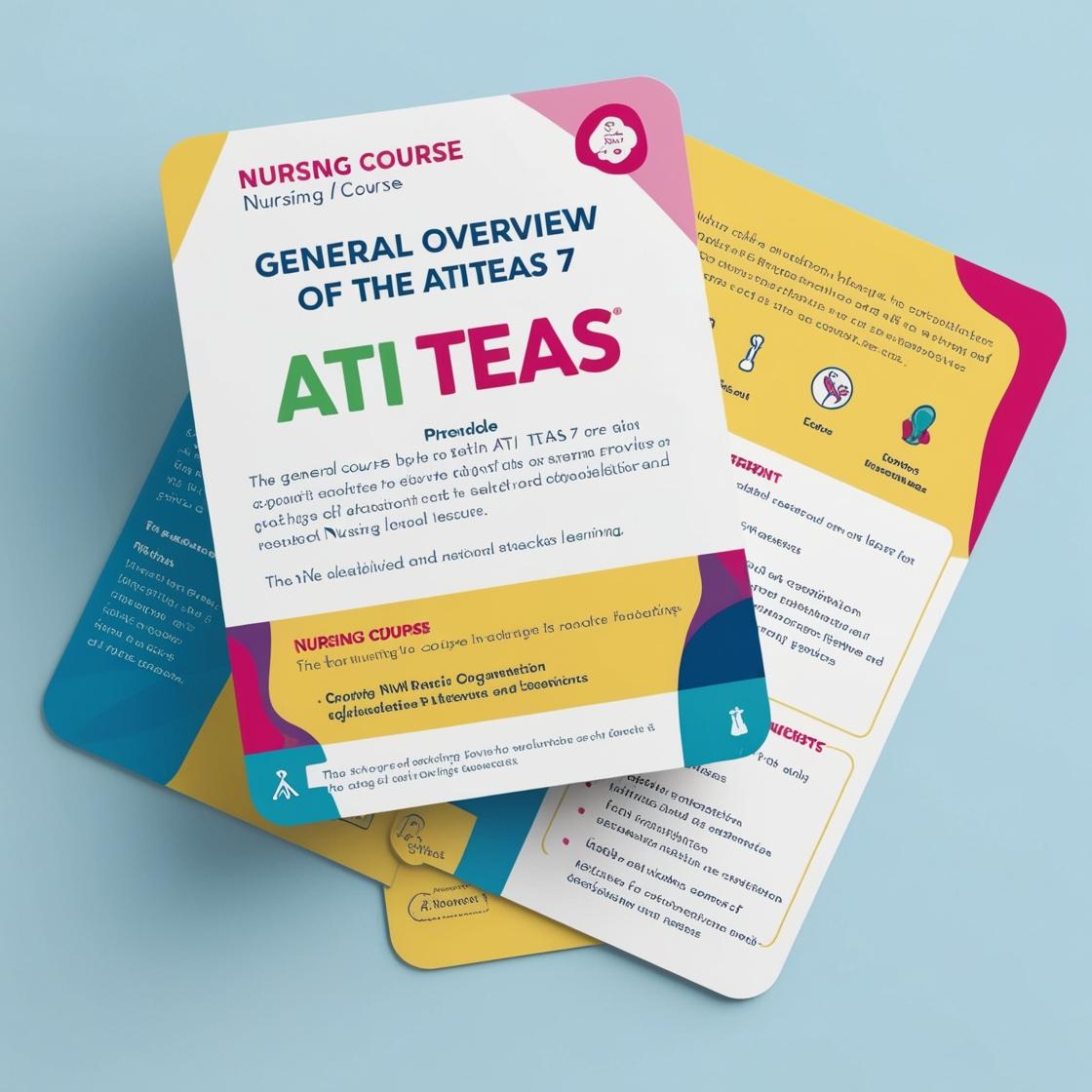ATI TEAS 7
ATI TEAS Science Test
1. Which of the following is a consequence of bone marrow failure?
- A. Seizures.
- B. Pancytopenia.
- C. Paraplegia.
- D. Pathologic fractures.
Correct answer: B
Rationale: The corrected question focuses on the consequence of bone marrow failure, which is pancytopenia. Bone marrow failure results in decreased production of red blood cells, white blood cells, and platelets, leading to pancytopenia. This condition manifests as fatigue, weakness, increased infection susceptibility, and bleeding tendencies. Paraplegia, seizures, and pathologic fractures are not typical outcomes of bone marrow failure. Paraplegia is associated with spinal cord injury, seizures with neurological disorders, and pathologic fractures with conditions like osteoporosis or bone tumors.
2. Which of the following organs is NOT part of the circulatory system?
- A. Kidneys
- B. Heart
- C. Blood
- D. Blood vessels
Correct answer: A
Rationale: The correct answer is A: Kidneys. The kidneys are not part of the circulatory system. While the circulatory system includes the heart, blood, and blood vessels (arteries, veins, capillaries), the kidneys belong to the urinary system. The kidneys are responsible for filtering waste products from the blood and producing urine. Choice B, the heart, is a vital organ in the circulatory system responsible for pumping blood. Choice C, blood, is a key component of the circulatory system that carries oxygen and nutrients to the body's tissues. Choice D, blood vessels (arteries, veins, capillaries), facilitate the circulation of blood throughout the body, playing a crucial role in the circulatory system.
3. In an oxidation reaction,
- A. an oxidizing agent gains electrons.
- B. an oxidizing agent loses electrons.
- C. a reducing agent gains electrons.
- D. a reducing agent loses electrons.
Correct answer: B
Rationale: In an oxidation reaction, the substance being oxidized loses electrons, not gains them. An oxidizing agent is responsible for causing oxidation in another substance by accepting electrons, hence it undergoes reduction and loses electrons. Therefore, the correct statement is 'an oxidizing agent loses electrons,' making choice B the correct answer. Choices A, C, and D are incorrect because in an oxidation reaction, the oxidizing agent does not gain electrons, a reducing agent does not gain electrons, and a reducing agent does not lose electrons.
4. If a scientist finds that the results of her experiment seem to contradict her hypothesis, what is the best course of action?
- A. Publish the results anyway, acknowledging that her hypothesis seems to have been incorrect.
- B. Keep trying the experiment until the results match her hypothesis.
- C. Publish the results, retroactively changing the hypothesis.
- D. None of the above; this cannot occur. The experimental results cannot contradict the hypothesis, by definition.
Correct answer: A
Rationale: The best course of action is to publish the results anyway, acknowledging that her hypothesis seems to have been incorrect. Science relies on accurate reporting and transparency, even if the results do not align with the original hypothesis. This allows for further discussion, analysis, and potentially new hypotheses to be developed based on the findings. It is essential in scientific research to report both positive and negative results to contribute to the body of knowledge and advance understanding in the field. Choice B is incorrect because persisting with the same experiment to force results to align with the hypothesis goes against scientific integrity and may lead to biased conclusions. Choice C is incorrect as changing the hypothesis after obtaining results is not scientifically sound and undermines the credibility of the research. Choice D is incorrect because science embraces the possibility of experimental results contradicting hypotheses, as this provides valuable insights for refining theories and expanding scientific knowledge.
5. Where would a nonpregnant patient with normal anatomy most commonly have pain in acute appendicitis?
- A. Right upper quadrant.
- B. Left upper quadrant.
- C. Right lower quadrant.
- D. Left lower quadrant.
Correct answer: C
Rationale: In acute appendicitis, nonpregnant patients with normal anatomy commonly experience pain in the right lower quadrant of the abdomen. The pain usually starts around the umbilicus or epigastric area and then migrates to the right lower quadrant as inflammation progresses in the appendix. This classic migration of pain is known as McBurney's point tenderness and is a key clinical feature in diagnosing appendicitis.
Similar Questions

Access More Features
ATI TEAS Premium Plus
$149.99/ 90 days
- Actual ATI TEAS 7 Questions
- 3,000 questions with answers
- 90 days access
ATI TEAS Basic
$99/ 30 days
- 3,000 Questions with answers
- 30 days access
